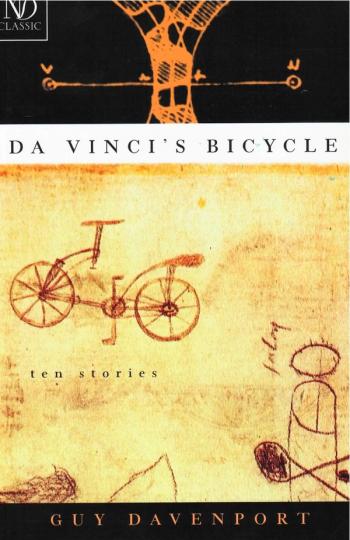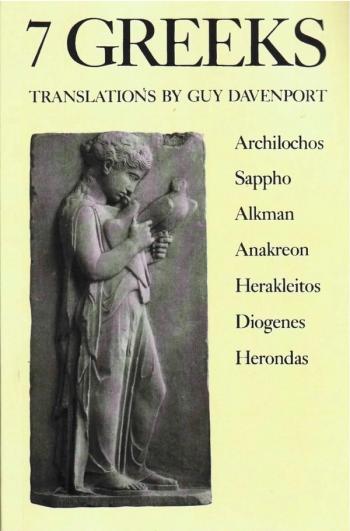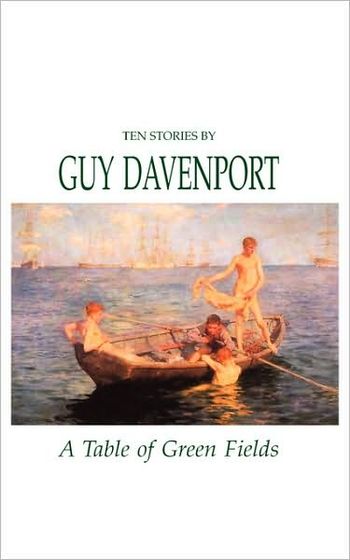Guy Davenport’s story collection A Table of Green Fields (New Directions, 1993) was praised for its amazing artistry and “stratospheric” literary intelligence (Kirkus Reviews). As The Washington Post noted, “It draws one in with its austere, beautifully formal sentences, its rich pattern of memory.” In Davenport’s follow-up collection, The Cardiff Team, the stories continue in this vein, their texts a wondrous collage of persons, events, and ideas from cultural history. The central theme is that of tribeless people joining, or trying to join, a team, a tribe, or a society. In “The Messengers,” Franz Kafka visits the Jungborn Health Spa in the Harz mountains and tries to feel comfortable in his own skin. In “Boys Smell Like Oranges,” a soccer team of boys from Henry de Montherlant’s Les Olympiques is its own contained tribe. The Cardiff Team perfectly displays Guy Davenport’s illustrious prose and his audacity; confirming The New Yorker’s assertion that his is “among the very few, truly original voices now audible in American letters.”




